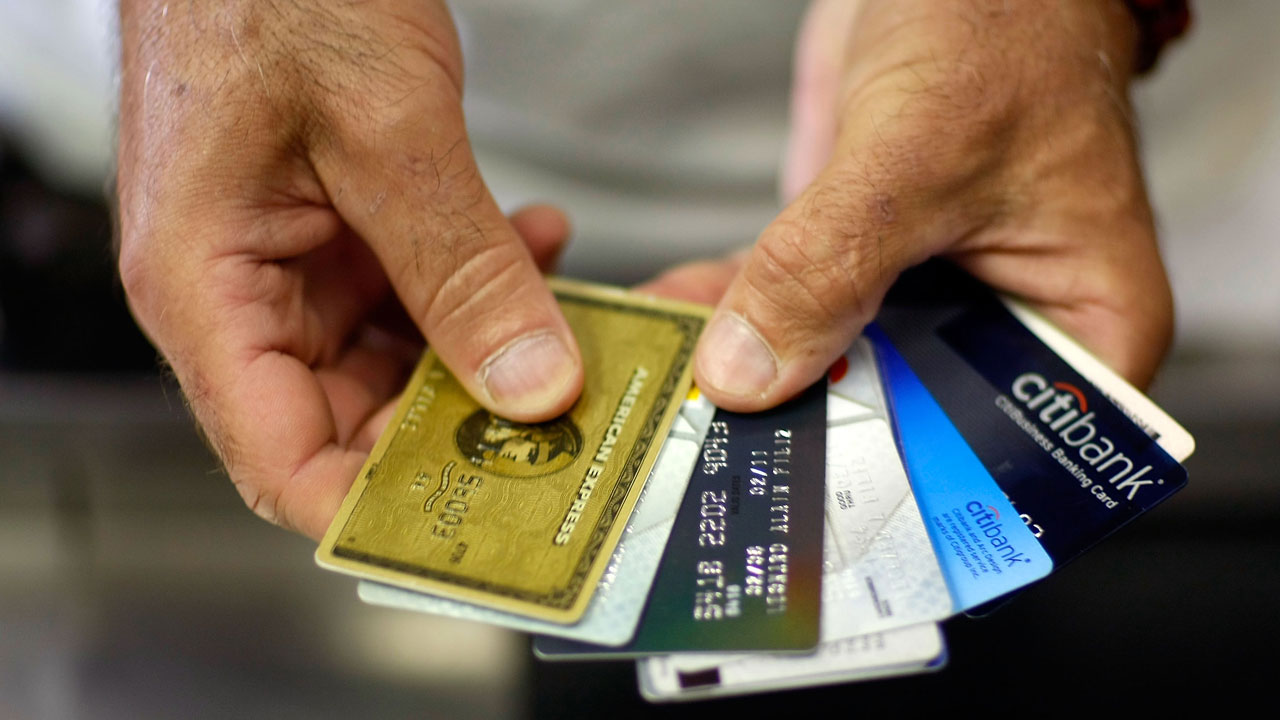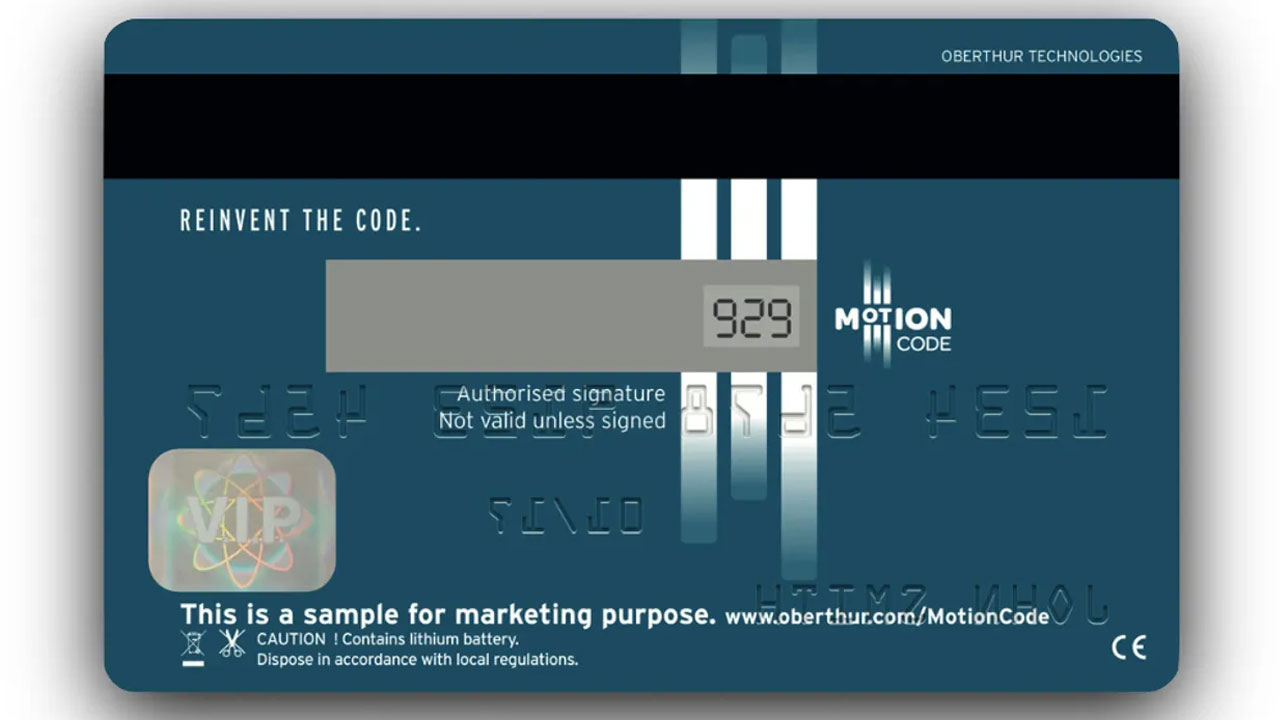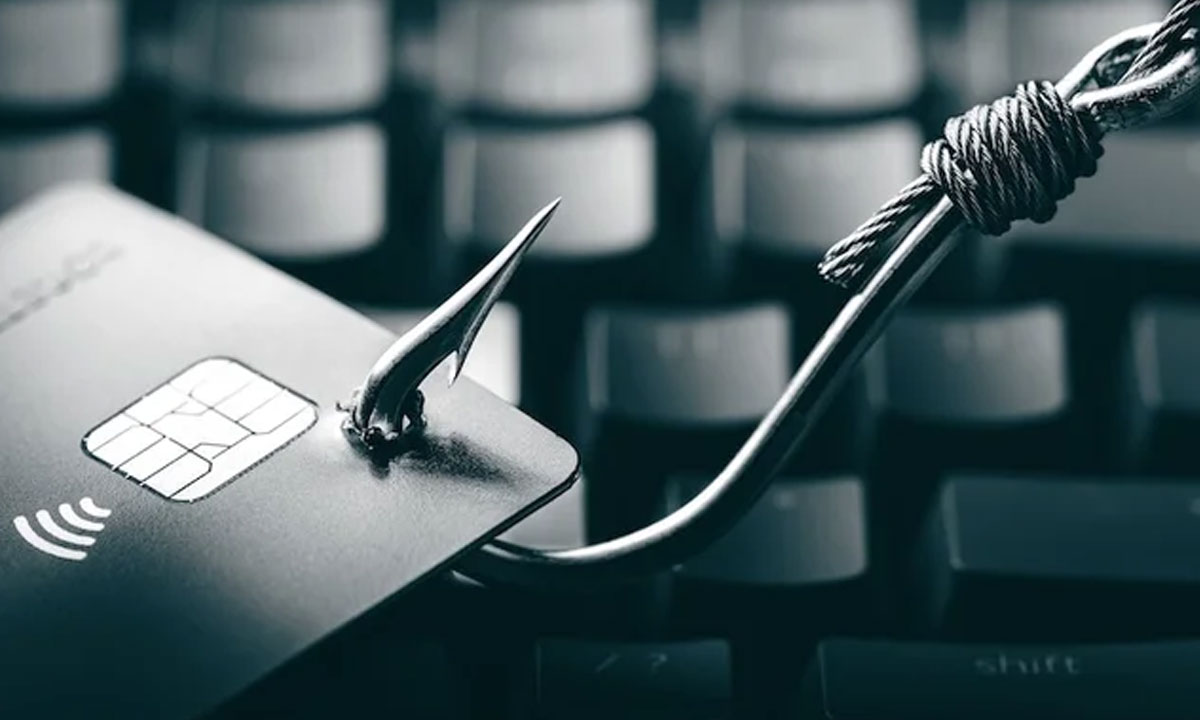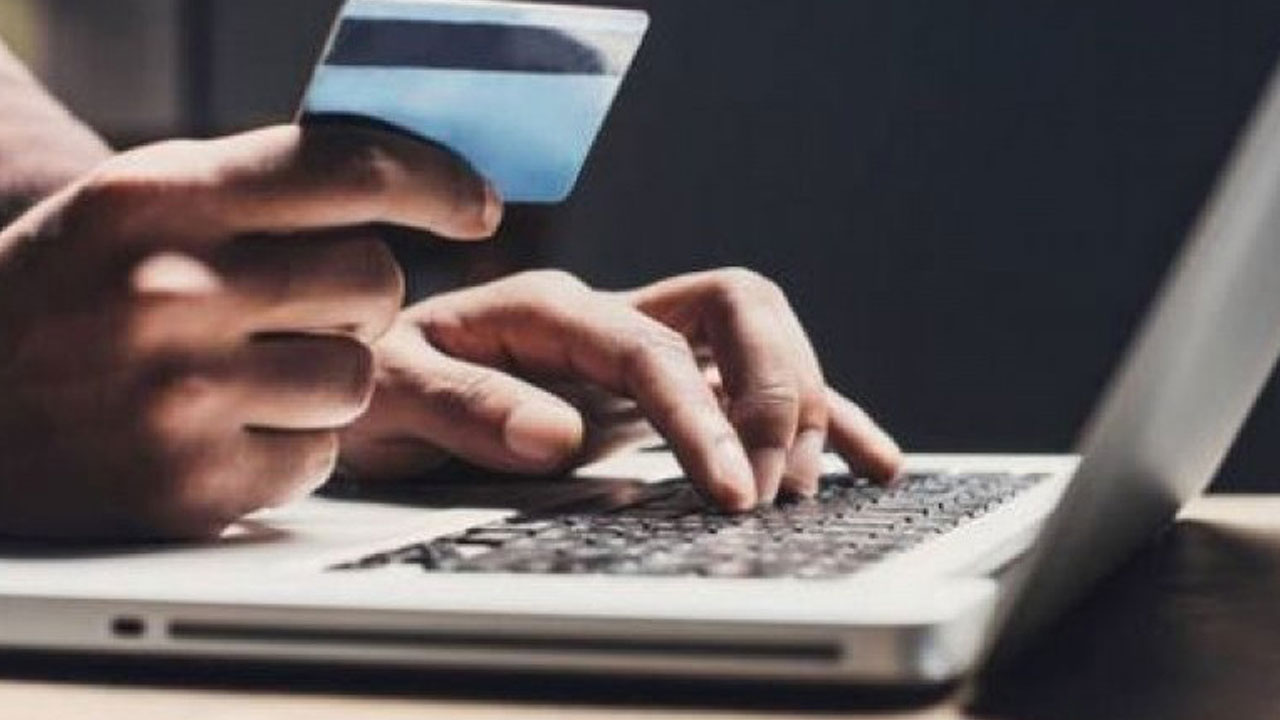
Behind the Scenes: How Cybercriminals Profit from CVV for Sale Online
In our online world, cybercriminals have found a way to make money from Fe shop. They do this by selling stolen credit card details, called CVV (card verification value). This dark business is a serious problem. Criminals work hard to steal this info and make a profit online. Exploring this hidden world shows how they do it and the harm they cause by selling CVV for sale online.
This article will look at how cybercriminals get and sell CVV data. It means everything from buying CVV online to running CVV shop lists and online CVV marketplaces. You'll see a complicated network of trusted CVV sellers and CVV selling platforms. They all work to make money from the fresh CVV scene. Also, we'll cover the bigger picture of cybercrime and how people fight it.
Key Takeaways
- Cybercriminals have found a way to make good money online by selling stolen credit card data. This is the CVV (card verification value).
- They use advanced ways to get and use this secret information. They have set up a big network of CVV shops, CVV marketplaces, and CVV selling platforms.
- The CVV for sale online market is a big danger, as criminals keep getting better at targeting and using unsuspecting people.
- Knowing why and how this cybercrime business works is key to making strong efforts against the CVV security risks. It's for protecting the CVV buyers.
- Keeping watch and knowing about the newest CVV buying guide and reliable CVV sources is important for your safety online.
Understanding Cybercrime: A Looming Threat
The 2023 Cyber Threat Report shows a big jump in cybercrimes. It calls for increased security for all internet users. Cybercriminals have gotten better at what they do. They stay hidden but have a lot to gain.
Many people wrongly think they won't be targeted. This is true for individuals and small businesses. The report looks at why these groups catch the eye of cybercriminals.
Underestimating the Risk
More people and small businesses do a lot online. They use the internet for work and personal needs. They might not know enough about cybercrimes.
This makes them easy targets for cybercriminals. They can steal valuable information like usernames and passwords. This kind of data is sold for money.
Defining Target Value
It's important to understand why cybercriminals go after telecom provider customers. They view these users as easy targets. They often don’t have strong security measures.
Cybercriminals can make a lot of money from these users. They do this by stealing data or committing fraud. The lack of awareness makes these users vulnerable.
Motivations for Targeting Everyday Users
Telecom customers are seen as valuable by cybercriminals. They have information that can be used for cybercrimes. This info includes personal details and financial data.
Making money off this information is a big reason why cybercriminals target these users. They build profiles based on the stolen data. This helps them make more profits.
Follow the Money: Cybercrime Business Models
Understanding cybercrime is key, where illegal money moves through different business models. Cybercriminals use many methods like credit card fraud and phishing. This helps them make money from their wrongdoings in various ways.
Cyber thieves often use tactics to get at payment systems. They might use tricks to steal your credit card details. The most common method is POS memory scrapping. Here, they steal card info from the sale terminals.
There's also a focus on making counterfeit cards. This adds a real-world layer to their online crimes. Combining the two methods, they aim to increase their revenues.
Surprisingly, buying gas can be risky for your card. Crime rates are also high at retail stores. This shows these places need better security to fight the unjust money-making drives of cybercriminals.
Cyberthieves have moved to cryptocurrencies for more revenue streams. During the "crypto winter," huge losses happened. Attacks on DeFi and cross-chain bridges caused big thefts, averaging USD 20 million each.
Authorities like the US Treasury are taking action. They're going after groups in the dark web and elsewhere. This is to stop crimes like making money from ransomware and going against sanctions. The fight in the cryptocurrency world continues.
Tools like TRM Labs are becoming important against cybercrime monetization. They follow the money through different cryptocurrencies. This gives insights into the dark economy, including how they move assets.
As technology grows, so does the way cybercriminals make money. In this fight, knowing their cybercrime business models is key. It helps protect us from the damages of their acts.
Private User Data in the Black Market
Everyday users are a prime target for cybercriminals. Their personal and financial data is highly sought after. This includes login details, credit card info, and social media profiles. Cybercriminals sell these on the black market.
They use tricks to get this info. Then, they do bad stuff like steal identities or commit fraud.
Credential Theft and Identity Fraud
The black market for stolen data is booming. Cybercriminals can easily buy or sell information. This spans from credit cards to bank account credentials. The prices vary, but personal bank accounts can be worth thousands, while credit card info might only cost $20.
Pricing of Stolen User Data
The black market for stolen data is booming. Cybercriminals can easily buy or sell information. This spans from credit cards to bank account credentials. Personal bank accounts are quite valuable, selling for thousands of dollars. Meanwhile, less urgent, basic credit card details might only cost around $20.
Crypto-mining: Exploiting Computing Power
Cybercriminals tap into cybercrime crypto mining to use other people's devices for profit. They do this without the owner knowing or agreeing. By distributing hidden software, they operate cybercrime malware crypto mining actions. This contributes to theft in the cybercrime cryptocurrency theft sector.
With the introduction of cryptojacking, these criminals can task your devices to mine currencies like Monero and Bitcoin. They benefit from this silently, using up your device's power and your electricity without your knowledge.
| Key Statistics on Crypto-mining Cybercrime | Metric | Value |
|---|---|---|
| Increase in Carding Market Size | H2 2017-H1 2018 to H2 2018-H1 2019 | 33% |
| Increase in Raw Card Data Sales | H2 2017-H1 2018 to H2 2018-H1 2019 | 19% |
| Number of JS-sniffer Families Identified in 2019 | - | 38 |
| Estimated Underground Market Value of Turkish Card Records | - | More than $0.5 million |
The wide use of cybercrime crypto mining points to the cybercriminals becoming smarter. They target new methods to make money illegally. But, it's important for everyone to stay alert and secure their digital devices against these threats.
Digital Footprint as a Commodity
Your online actions are gold for cyber thieves in the digital world today. They hunt for everything from what you look at online to where you are. This cybercrime digital footprint is like treasure to them, helping them send you targeted ads, scams, and more nasty stuff.
Cybercrime user behavior monetization is big business for crooks. They find many ways to make money off your online habits. Some sell your personal info on the dark web. Others might just fill your inbox with fake deals. This shows why it's so important to know how to keep your online self-safe.
| Item | Price Range |
|---|---|
| Credit card numbers (with CVV) | $12 - $1,000 |
| Social security numbers and PII | $25 or more per victim |
| Full identity theft data sets | $30 - $1,000 |
| Driver's licenses | $20 each |
| U.S. passports | $1,000 each |
| Medical records | $1 - $1,000 per victim |
| Bank account information (balance ≥ $2,000) | $65 each |
| Cryptocurrency wallets and accounts | $350 - $810 |
| Email account credentials | Up to $165 each |
| Hijacked social media accounts | $75 - $1,000 each |
| Hacked subscription service accounts | $1 - $10 each |
Real talk: your cybercrime digital footprint is valuable to shady characters. It helps in the growing world of cybercrime user data commodification and cybercrime user behavior monetization. Protecting yourself online is key to keeping your digital life safe.
cvv for sale online, buy cvv online, cvv shop list, online cvv market, fresh cvv
Today, there's a huge underground market for stolen credit card information. It's called CVV, or card verification value. Cybercriminals are using advanced methods to get and sell this data online. This article will look closely buy fresh cvv market. You'll learn about the criminal techniques and how victims are affected.
The CVV is a security code found on credit and debit cards. It's three or four digits long and helps check card authenticity during online purchases. Despite this, cvv data can be bought and sold in the shady world of the cvv shop list or online cvv market.
While merchants are told not to save CVVs, some can still process payments without this code. This might be because they have other strong security steps or are willing to take bigger risks. This loophole makes it easier for fraudsters to misuse fresh cvv. They might also trick people into sharing their card details, including the CVV, through phishing attacks. This all feeds into the cvv for sale online market.
| CVV Characteristics | Details |
|---|---|
| Length | Typically 3 or 4 digits |
| Location |
|
| Uniqueness | Each card has a unique CVV, even if the card number remains the same |
| Generation | CVVs are not random but generated by banks using specific information |
| Security Measures |
|
The need for a CVV varies among online stores, highlighting different risk levels and security practices. It's vital to know how the CVV protects us during online buys. This knowledge is key to fighting the online cvv market. It helps stop the sale of cvv data by cybercriminals.
https://www.youtube.com/watch?v=T89780NVres
Pay-Per-View Malvertising: Monetizing Malware
In today's cybercrime world, cybercriminals have found a way to monetize their malware. They do this by getting into online ads. They put bad code in ads that look real. Then, these ads send people to harmful websites where their devices are at risk.
Through a pay-per-view model, bad actors make money for each person who sees their bad ads. This way of making money adds to the bigger cybercrime economy. As technology improves, the bad guys get better at using the internet for their money-making crimes.
Especially, banks and others in finance are big targets. This is because the tools banks use to watch over money attract big criminal groups and even spy agencies. They want to use sophisticated malware to steal money and secrets.
These big criminal groups hurt finance a lot. They use various methods to attack and cause damage. They work together to get better at what they do and take important info for their harmful schemes.
The way they make and use bad software is complex. This makes their attacks on finance harder to stop. It shows we really need strong cybersecurity measures to fight back against this dangerous trend.
Ransomware: Extortion through Encryption
The threat of ransomware is growing in the digital world. It's a type of malware that holds your data hostage. It asks for money before releasing your data. This has hit hard on many people and businesses. It causes data loss and big financial problems.
Ransomware Tactics and Impacts
Ransomware criminals pick their victims carefully. They target industries or people who they think will pay. This includes healthcare, the government, small businesses, and regular folks. They use advanced technology to lock up files until they get paid.
Dealing with a ransomware attack is tough. Businesses can lose important data, affecting their work and trust from customers. People lose personal photos and documents. They also have to deal with paying a ransom or fixing their systems, which can be expensive.
Criminals are getting more serious in their threats. Some now even say they'll sell your data if you don't pay. This makes the situation scarier and harder for the victims. They're left with tough choices and could face more problems if they don't act carefully.
It's essential to not let your guard down against ransomware. Everyone should take steps to be safe online. Knowing the enemy's tricks and effects is key. This knowledge helps in fighting against the growing digital threat.
Online Scams: Deceiving the Masses
Cybercriminals have gotten really good at tricking people online. They use many tricks to take advantage of people who are not careful online. Phishing and fake online stores are common scams. They are not only bad for online safety but also hurt people's money and safety.
Phishing Scams
Phishing is when scammers send fake emails or set up fake websites. They do this to steal important information from others. They might look like real companies, making people give away their credentials, credit card info, or personal details. They use many tactics, from fake awards to making copycat pages, to catch people off guard. Phishing targets our trust and how much we use online platforms.
Fake Online Stores
Scammers have built fake online shopping sites, mostly from China, that have tricked lots of people since 2021. These fake online stores offer items that don't exist or are fake. Then they take people's credit card details and money. It's like a franchise where one team sets up the scam, but others run the fake stores. They focus on places like Western Europe and the U.S.
Cybercrime is always changing, targeting the weaknesses of web users every day. Phishing, social engineering, stealing credentials, and faking identities are still big problems. Plus, we see more fake online shops, fraud in shopping, selling fake goods, stealing credit cards, and cheating with payments. Stopping these scams needs everyone to learn, use strong security, and stay alert to keep safe from harm.
Cybercriminal Profiles and Operations
Cybercrime works like a big, complicated team. Just like in old-school crime, there are different roles. Each person in this network has a special job that helps the whole criminal plan work.
Coders and Tool Providers
"Coders" are the heart of this cybercrime world. They're usually young and come from places where it's cheaper to live. Coders create and sell the tech that cybercriminals use. This tech includes viruses, hacking tools, and fake websites. These cybercrime coders and cybercrime tool providers are key to keeping the crime world running smoothly.
The Labor Force: Kids and Scammers
The active workers are often young, between 15 and 20. They gather on secret online places, like cybercrime IRC channels, to buy and sell things for scams. They might not make a lot of money alone, but together they're a big part of the cybercrime youth involvement as a whole. These active players, the cybercrime scammers, keep the crimes happening every day.
Emerging Threats: Mobile and IoT Cybercrime
The digital world is changing fast, and cybercriminals keep finding new ways to cause harm. They now focus on mobile devices and the Internet of Things (IoT). More and more people use smartphones and smart devices. So, cybercriminals are using new tricks to attack us through these devices.
The challenge of cybercrime mobile threats and cybercrime IoT threats is big. Cybercriminals use cybercrime mobile malware and cybercrime IoT botnets to break into our devices. They want to steal our data or use our devices for bad reasons, which can be pretty scary.
Our online and real worlds are mixing more than ever, and this comes with risks. Cybercriminals see the chance in the fast spread of mobile and IoT tech. They threaten people, companies, and even large systems. It's important to stay alert and protect ourselves from these online dangers. Keeping watch and acting early against these threats is key.
Combating Cybercrime: Strategies and Preventive Measures
To fight cybercrime, we need many tactics to keep people and groups safe. The top strategies include making users smarter and better at spotting online dangers. Plus, making our digital walls stronger by improving tech defenses and protocols is key.
User Awareness and Education
Teaching everyone about cybercrimes like phishing and malware is vital. This helps lessen the harm caused by these attacks. With guidance, we learn to spot fishy emails, protect our data, and be careful when shopping online. Knowing these things makes us less likely to fall victim to cybercrimes.
Strengthening Cybersecurity Defenses
Telecom companies and businesses also must protect us from cyber threats. They do this by using the best security tools, setting strict rules for entering their networks, and keeping an eye on new ways hackers might try to break in.
Some key tips to keep safe online include:
- Use address verification when shopping online to confirm it's really you
- Check your IP to make sure the person buying is where they say they are
- Add extra steps to your login to make it harder for hackers to get in
- Add CAPTCHA so systems can tell if it’s a person or a program trying to login
- Keep an eye out for strange purchases that might be someone pretending to be you
Improving how we learn about, recognize, and defend against cyber threats protects everyone online. By combining efforts, the digital world can become a safer place for all.
Conclusion
The deep dive into the world of cybercriminals showed how they make money. They sell stolen credit card info and other personal data. We talked about their tricks, like phishing and malware, as well as other methods they use.
This article also looked at different types of cybercriminals, from skilled hackers to young people just starting. We also saw how mobile and IoT devices add to the dangers. To fight back, we need to be smarter and work together.
Dealing with cybercrime means everyone has a role to play. It starts with learning how to stay safe online. Then, we must make sure our systems are secure and keep an eye out for suspicious activity. The fight against cybercrime is hard but working together can make a huge difference.
Cybercrime hurts a lot of people and businesses. But, if we take steps to prevent it, we can protect ourselves and our online world. It's a big challenge, but with everyone's help, we can make the internet safer for all.
FAQ
What is CVV and why is it valuable to cybercriminals?
CVV stands for Card Verification Value. It's a 3 or 4-digit code on credit or debit cards. These numbers are a goldmine for cybercriminals. They use them for theft, fraud, and other crimes.
How do cybercriminals obtain and sell stolen CVV data?
Cybercriminals get CVV data by hacking, using malware, or through fake sites (phishing). Then, they sell this info on illegal markets. There, it's a hot commodity.
What is the pricing structure for stolen CVV data in the black market?
The prices for CVV data range widely. Bank account info can sell for lots of money. But, basic credit card data might go for as low as $20. It forms a complex market, with clear price points.
How do cybercriminals exploit everyday internet users for their personal and financial data?
Everyday internet users are easy targets for cybercriminals. They use insecure websites and user mistakes. This lets them steal personal and financial data for harmful purposes.
What are some of the common cybercrime tactics used to target individual users?
Cybercriminal tactics include phishing, malware, ransomware, and scams. They're also using mobile and IoT devices more. This increases their chances of attacking users.
How can individuals and organizations combat the growing threat of cybercrime?
To fight cybercrime, everyone must be alert. This means more user education and better cybersecurity. Plus, staying watchful and working together are key. It's all about a combined and proactive effort.







